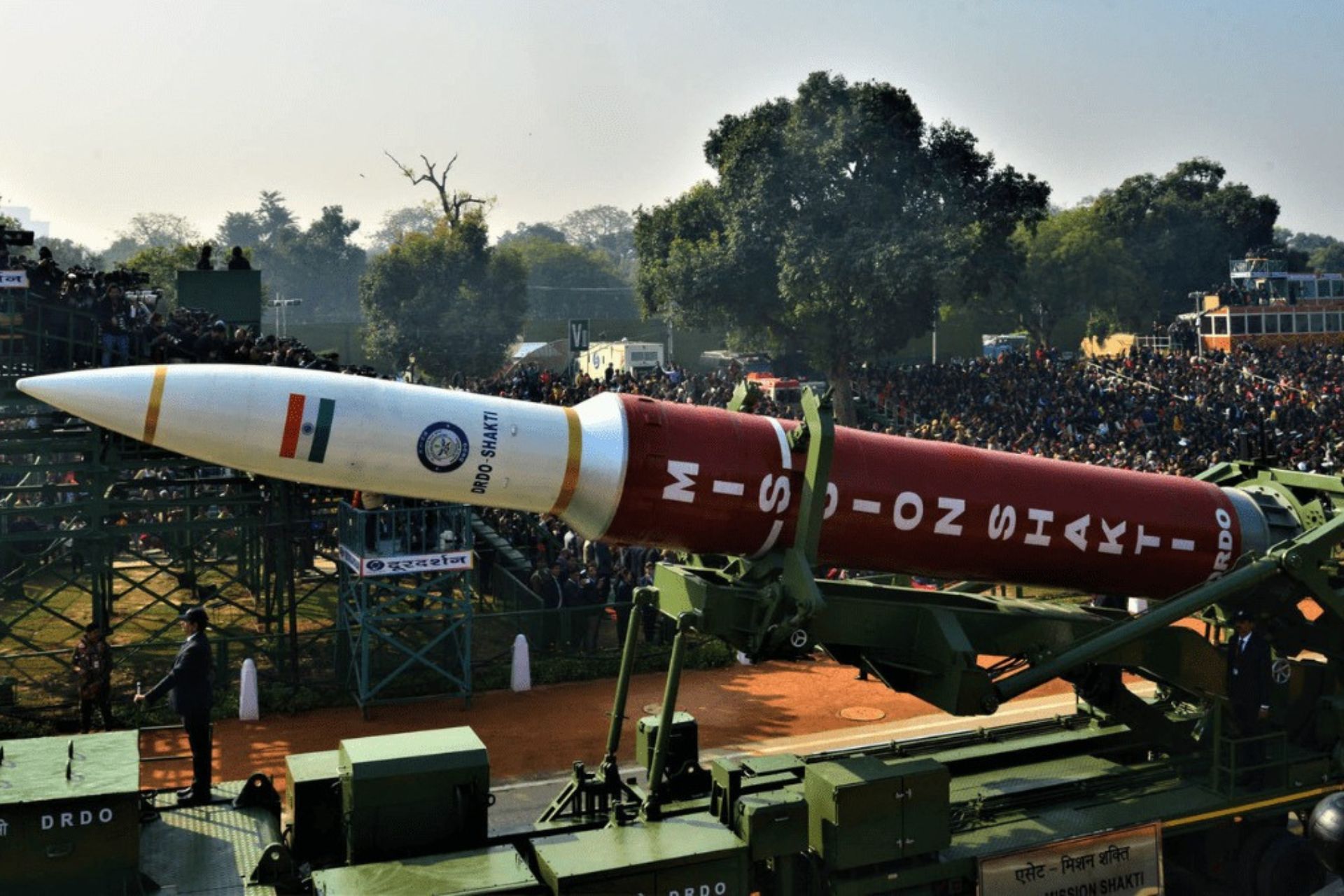Breaking News
Analysis: How India Achieved Space Militarization Under Modi Government.
In November 2024, India conducted its first military space exercise, marking a significant milestone for its space sector and a key achievement in Narendra Modi's military modernization agenda. This event underscores New Delhi's ambition to establish itself as a major power in this strategic domain, in an era increasingly shaped by space security and advanced technologies.

The 2019 success of Mission Shakti, which tested India's first anti-satellite (ASAT) weapon, positioned India among the select group of nations—alongside the United States, Russia, and China—with such capabilities (Picture source: Wiki Commons)
Since assuming office in 2014, Prime Minister Narendra Modi has consistently championed the vision of a strong, independent India capable of standing alongside global powers. This vision, encapsulated in the concept of Amrit Kaal developed in 2022, reflects the Prime Minister's objective to position India as a leader across all sectors, aligned with his administration’s overarching policies. Central to these policies is the modernization and indigenization of the defense sector, supported by initiatives like Make in India and Atmanirbhar Bharat, aimed at strengthening India's technological and industrial self-reliance.
The space sector, deeply intertwined with military objectives, has greatly benefited from this modernization drive for two key reasons: the integration of space and military technologies, and the increasing militarization of India’s space capabilities. This alignment has been highlighted in statements by General Anil Chauhan, Chief of Defence Staff, in early 2023, and by Prime Minister Modi at the India Defence Expo in 2022. These remarks emphasized the strategic importance of space for national security and the transformative impact it has on India’s defense strategies.
Between 2014 and 2024, the Indian government increased its annual space budget by 123%. This upward trend is expected to continue, with investments in advanced technologies exceeding $300 million. In the 2024-2025 fiscal year, 75% of space funding was allocated to technological projects, primarily for satellite development and launches. Since 2014, India has launched 70 domestically built satellites, most of which serve dual civilian and military purposes. Constellations such as IRNSS, GSAT, and RISAT, which predate Modi's tenure, saw accelerated development under his administration. For instance, 14 GSAT communication satellites have been launched since 2014, compared to only four between 2001 and 2014.
Key developments under Modi's leadership have shaped India's military space capabilities. The 2019 success of Mission Shakti, which tested India's first anti-satellite (ASAT) weapon, positioned India among the select group of nations—alongside the United States, Russia, and China—with such capabilities. In the same year, the establishment of the Defence Space Agency (DSA) and the Defence Space Research Organisation (DSRO) facilitated the integration of military space assets and bolstered India's intelligence, surveillance, and reconnaissance (ISR) capabilities. The 2020 space sector reform opened the industry to private participation, fostering technological progress and self-sufficiency. Additionally, the India Space Policy 2023 highlighted the necessity of enhancing space capabilities for national security and socio-economic development.
The November 2024 military space exercise represents a culmination of these efforts. These advancements, combined with modernization and indigenous development initiatives, have elevated India to a prominent position in the global space arena. However, questions remain about the broader implications of this growth for India’s space sector and its regional and international stability.
Three potential scenarios can be envisioned for the future. In a conservative scenario, India will continue collaborating with global powers, particularly the United States and the Quad, as a counterbalance to China. Although tensions with Beijing and Islamabad are likely to persist, efforts will focus on strengthening national space capabilities. Public and private investments will sustain growth, enhancing deterrence while mitigating risks of external threats. However, India may remain partially vulnerable without achieving full self-sufficiency in the short term.
An optimistic scenario foresees significant investments and increased technology transfers through international partnerships, enabling India to become an independent and leading space power in the Indo-Pacific. Strengthened regional and global cooperation, especially with nations like France and the United States, would bolster India’s standing in the face of China. While tensions with neighboring adversaries may persist, they would remain manageable, supported by robust space deterrence capabilities.
In contrast, a pessimistic scenario envisions constraints in international cooperation and limited access to advanced technologies, leaving India reliant on external powers. Economic challenges could lead to reduced investments in the space sector, hindering development and innovation. Such a scenario would weaken India’s ability to protect its space infrastructure, increasing its vulnerability to potential attacks and diminishing its competitiveness among global powers.
Across all scenarios, certain common implications emerge. A closer alignment between military doctrines, national security, and the space sector appears inevitable. India is likely to continue developing advanced anti-satellite weapons, conducting military space exercises, and expanding the scope of the DSA’s operations. Additionally, the growth of public and private investment in the space sector could boost India’s economy, capitalizing on the emerging New Space Economy, valued at hundreds of billions of dollars.
The militarization of India’s space sector under the Modi government marks a profound shift in the country’s strategic outlook. While reflecting a national drive for modernization and sovereignty, it raises critical questions about the balance of power in an increasingly contested space domain. India’s trajectory will ultimately depend on its strategic decisions and its ability to reconcile national ambitions with international realities.


























